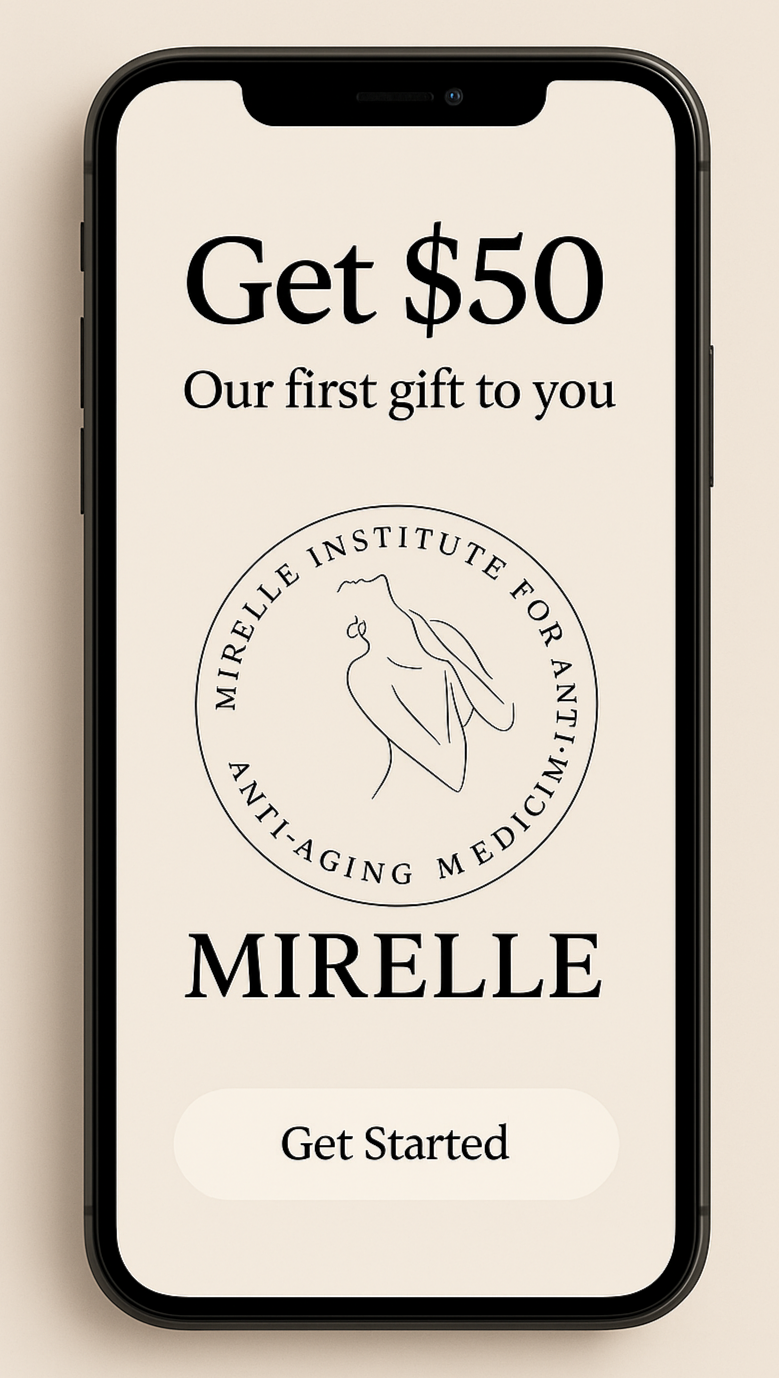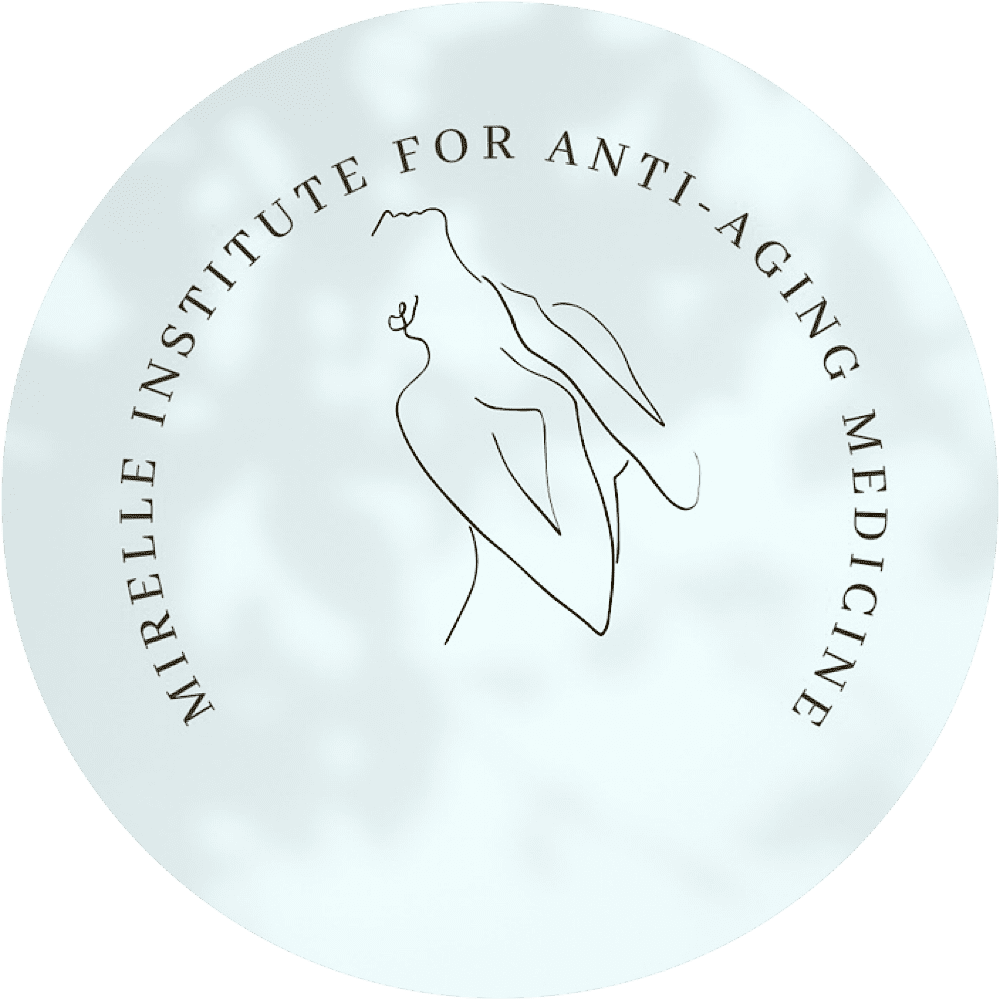WHY DO SOME INDIVIDUALS NOT RESPOND TO WRINKLE TREATMENTS AND WHAT ARE THE ALTERNATIVES?
Alternative treatment options for wrinkles
Neuromodulating drugs, such as Botox, Dysport, Xeomin, and Daxxify,
have been widely used for the treatment of facial wrinkles. While these drugs are effective for many individuals, some people who have found them effective in the past for wrinkle relief may stop responding to them over time. In this blog, we will explore some of the reasons why some people may not respond to neuromodulating drugs for wrinkle relief, as well as potential solutions.
Antibody Formation
Antibody formation is one possible explanation for why some people stop responding to neuromodulating drugs for wrinkle relief. Studies have shown that repeated exposure to neuromodulating drugs can lead to the development of neutralizing antibodies, which can reduce the effectiveness of the drugs (Cohen et al., 2019). These antibodies can prevent the drugs from binding to their target receptors, leading to a diminished effect.
Tolerance
Tolerance to neuromodulating drugs for wrinkle relief is another possible reason why some people may not respond to these drugs over time. Repeated use of the same drug can lead to a diminished response, as the body becomes accustomed to the drug's effects and requires higher doses to achieve the same results. Studies have shown that long-term use of Botox for wrinkle relief
can lead to the development of tolerance, reducing its effectiveness (Botox Prescribing Information, 2021).
Improper Administration
Improper administration of neuromodulating drugs can also impact their effectiveness for wrinkle relief. The drugs need to be injected into the appropriate muscles and in the correct dose for optimal results. Studies have shown that improper injection technique can lead to suboptimal results, including reduced effectiveness (Beer et al., 2019). Additionally, the use of counterfeit or improperly stored drugs can also impact their effectiveness.
Individual Variability
Finally, individual variability in response to neuromodulating drugs for wrinkle relief
may play a role in their effectiveness. Factors such as age, gender, and underlying medical conditions can all impact how an individual responds to these drugs. Additionally, some individuals may simply be less responsive to the effects of these drugs due to individual variability in their biology.
While neuromodulating drugs can be effective for many individuals for wrinkle relief, some people may not respond to them due to antibody formation, tolerance, improper administration, or individual variability. It is important for healthcare providers to be aware of these potential issues and to work with patients to find the most effective treatment plan. Further research in this area may help to identify new strategies for improving the effectiveness of neuromodulating drugs for wrinkle relief.
What else can we do for wrinkle relief? Are there any alternative treatments?
In recent years, regenerative wrinkle relief treatments
have emerged as an alternative to neuromodulating drugs for wrinkle relief. One such treatment is growth factor injections. Growth factors are signaling molecules that play a crucial role in cell repair and regeneration. Injecting growth factors into the skin can stimulate the production of collagen and elastin, which are essential components of healthy, youthful-looking skin.
Several studies have investigated the effectiveness of growth factor injections for wrinkle relief.
One study published in the Journal of Cosmetic Dermatology found that growth factor injections were effective in reducing the appearance of fine lines and wrinkles (Kim et al., 2017). Another study published in the Journal of Drugs in Dermatology found that growth factor injections produced significant improvements in skin texture, fine lines, and wrinkles (Sundaram et al., 2015).
Growth factor injections are typically administered in a series of treatments spaced several weeks apart. While the results are not immediate, most patients begin to see improvements in skin texture and tone within a few weeks of treatment. The effects of growth factor injections can last for several months, and some patients may require maintenance treatments to maintain their results.
One advantage of growth factor injections
over neuromodulating drugs is that they stimulate the body's natural healing and regenerative processes. This can lead to more long-lasting results and a more natural-looking appearance. Additionally, growth factor injections are generally well-tolerated and have a low risk of side effects.
In conclusion, growth factor injections
are a promising new treatment option for wrinkle relief. Studies have shown that they can be effective in reducing the appearance of fine lines and wrinkles and improving skin texture and tone. If you are considering growth factor injections for wrinkle relief, it is important to work with a qualified healthcare provider
who can develop a personalized treatment plan
based on your individual needs and goals.
References:
Botox Prescribing Information. (2021). Retrieved from https://www.accessdata.fda.gov/drugsatfda_docs/label/2021/103000s5415lbl.pdf
Cohen, J. L., Dover, J. S., & Monheit, G. (2019). Neutralizing antibodies to botulinum toxin type A in aesthetic medicine: Five case reports. Dermatologic Surgery, 45(4), 535-539. doi: 10.1097/DSS.0000000000001773
Beer, K. R., Moy, R. L., Goldman, M. P., Dayan, S. H., Nestor, M. S., & Biesman, B. S. (2019). The art and science of neuromodulators for cosmetic and therapeutic applications: Consensus recommendations on dosing, intervals, and placement. Journal of Drugs in Dermatology, 18(1), 48-58. PMID: 30681790.









